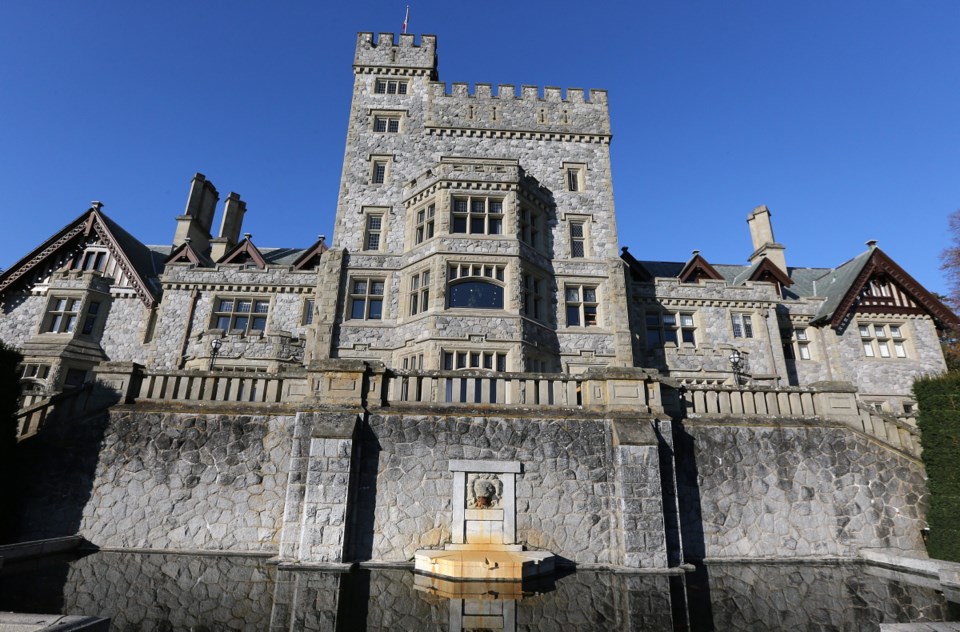The news that a Royal Roads University feasibility study supports the development of a new post-secondary campus in the West Shore is a welcome and exciting opportunity for educational leaders.
The opportunity to develop a post-secondary school designed for the 21st-century comes once in a lifetime and will require that the characteristics and intentions of the program are well developed long before the proposal moves to the building design phase.
In the early 1990s, a provincial education conference I attended brought in internationally celebrated Canadian architect Douglas Cardinal as the keynote speaker.
Cardinal began his address by saying “buildings speak to people,” and my immediate thought was: “Uh-oh — another New Age dissertation,” but the longer Cardinal spoke about his projects, the more I wondered what traditional secondary schools built in the ’40s and ’50s say to kids.
Do they still speak about distrust of students and the need to control them? “We know that you will resist our efforts to educate you and, left to your own devices, you’ll likely be up to no good.”
Long hallways, 80-square-metre classrooms with doors closed, that little window papered over, no one in the hallways without a note, a strict schedule of classes to keep everybody in line, desks facing the front, all suggest distrust and pessimism about learning.
The traditional approach to school design reminded me of a favourite quote from educational writer Phil Schlecty about modern secondary schools being “places where the somewhat younger go to watch the somewhat older work.”
Fortunately, the Conference Board of Canada thinks differently and has outlined the post-curricular skills kids will need to enter, stay in and progress in the world of work — the ability to communicate effectively, manage information, think and solve problems, be adaptable and be a self-motivated learner.
Those characteristics resonate clearly with the findings of B.C.’s own “Year 2000” Sullivan report: That learning should be an active process, that learning is both a social and an individual process, that learners should be recognized as progressing at different rates and in different ways, and that the evaluation of a learner’s progress should enable the learner to make decisions about his or her own status in relation to the course.
To translate that thinking into design, a building would speak to students and say: “This is very much up to you. Your teachers are here to inform, clarify, advise, guide and support you, but learning, the central reason we are all here, is something for which you must begin to assume personal responsibility.”
So the proposal to create a new post-secondary institution for Victoria’s West Shore faces a series of challenges. First, to identify the design and broader purposes of the program and then to find a way to have those purposes drive the design of the building such that it would not limit the aspirations and goals of the program.
If the idea for a West Shore University is simply to replicate much of what is offered at B.C.’s other post-secondary institutions and the building design reflects that, so be it and the school will be, in conventional terms, successful. The population is in place, the political will seems to be behind the idea and a supportive feasibility study supports the need.
But to do only that would be a lost opportunity. If the notion is to create a truly innovative university, something that goes beyond traditional post-secondary — well, the opportunity is also there now for that to happen.
Research into what defines a modern university as truly innovative is readily accessible. At the top of the list is relevance. A truly innovative 21st-century university will ensure its relevance by developing relationships with leaders from the world of education, technology, business, commerce and the trades.
It will review its needs every five years and mirror the “real world,” by going outside its boundaries to conduct research, perform service and participate internationally, preparing students for their future in a global community.
From flexible admissions processes to non-traditional instruction delivery, existing innovative universities, and there are many, adjust admissions criteria, enrolment procedures, how credit is given and the how, when and where courses are delivered.
In a 2014 Forbes article, writer Chuck Cohen suggested that innovative universities, like innovative businesses, look to the future and are not afraid to consider many avenues to success or ideas from areas outside existing thinking.
The movers and shakers behind the development of a West Shore university have a once-in-a-lifetime opportunity to lead post-secondary education into its unavoidable future by developing a program and then a campus that speak to the future, not the past.
Geoff Johnson is a former superintendent of schools.



